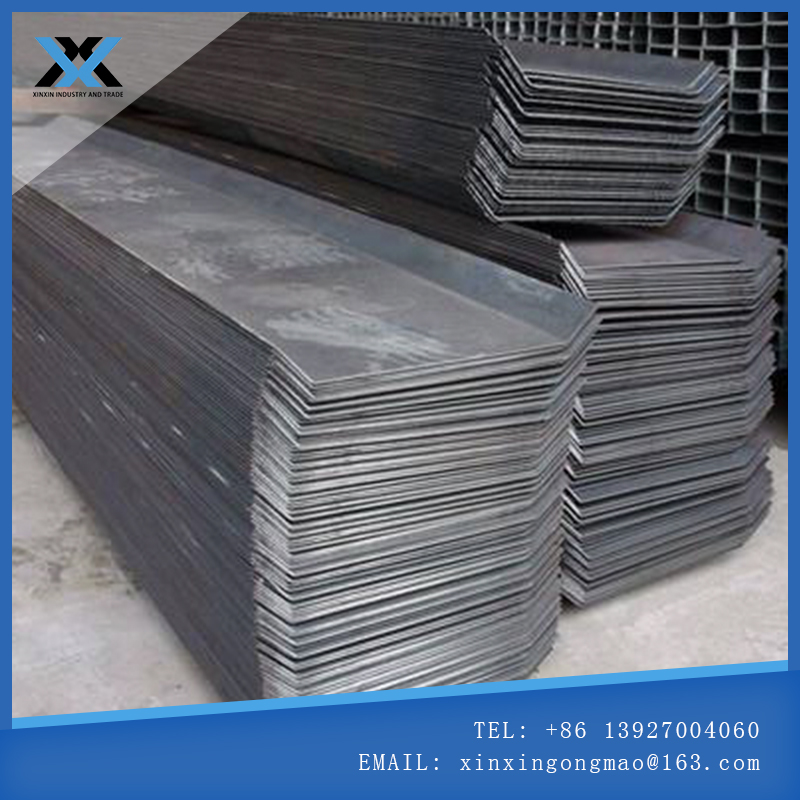(A) Why do we need to establish a hydrophilic layer on the surface of the screen?
A: The first step in the screen printing process is to apply hydrophilic treatment to the layout to create a hydrophilic layer. Otherwise, the bright version of the sun shines, low print rate.
Road Facilities Because the hydrophilicity of the polyester web is poor, before applying the photosensitive resin, it is necessary to perform hydrophilic treatment to remove dust and grease, remove the oxide layer, and perform surface roughening treatment. On the surface of the screen, a hydrophilic layer was established.
(b) How to apply emulsion coating?
A: The coating of the sensitized adhesive is coated by an automatic coating machine, and two methods are applied manually. In the following, we talk about the commonly used manual coating, using the squeegee to scrape the glue, and the photosensitive glue is poured into the sizing 2/3 of the sizing device. The edge of the sizing device is spliced on the bottom of the screen plate so that the photosensitive liquid and the screen plate are knotted and then started. Squeegee, scrape off the printing surface for the first time, scrape once from the bottom up (scrape up from the bottom up, turn the frame over, then draw it up again, scrape once), dry, second The secondary squeegee is scraped once on the scraping surface and the printing surface, and then dried.
Some operators use wet and wet gluing methods. After scraping several times on the printing surface and the scraping surface, then drying and printing. This method actually coats the emulsion. The adhesive layer is too thin, because the screen is a through hole. You scrape the excess glue and squeeze it to scrape the back. When you apply the other side, the excess photosensitive adhesive is squeezed to the other side. Finally, it is scraped back to the sizing. Device. Therefore, the version of the film too book can not print version, the density can not reach. The correct squeegee method is a wet-press dry method. The printing surface is scraped first, and the mesh is sealed and sealed with a layer of glue. The second time the two sides are scratched (first scrape the plastic surface and then scrape the printing surface, and then scrape the first side. Because the photosensitive adhesive is hydrophilic, the first drying of the adhesive layer dipped in water to absorb the photosensitive liquid, wet After the pressure drying, the sensitized adhesive that has been coated is adsorbed on the thickness of the film that thickens the photosensitive layer to the plate making requirement.
(c) How to control the baking temperature and baking time?
A: Photolithography is an important step. Baking plate drying is generally dry in a blast screen plate baking box, and some are dried in a dark room. Dry box drying, to strictly control the temperature and time. The temperature is controlled at 38-40 degrees and the baking time is about 40 minutes. If the temperature is too high and the time is too long, the photosensitive film is prone to thermal curing (self-crosslinking). After the exposure, it is difficult to develop, and even the image does not appear. Full version of cross-linking is not transparent and plate making fails. The following points should be noted in the baking version.
1. The placement of the baking plate: The printing plate should face down and lay flat on the baking plate box to keep the film surface level upright. Otherwise, the glue liquid will flow down during the drying process, so that the film layer will be thick under the book. Published density is not uniform.

2. When the baking plate is baking, other plates and drying materials cannot be placed in the oven. Otherwise, the water evaporated from other materials will be absorbed by the dried plate, which will affect the drying of the film plate. As a result, the quality of the light is affected in the printing, resulting in a plate-off or a reduction in the printing durability of the screen.
